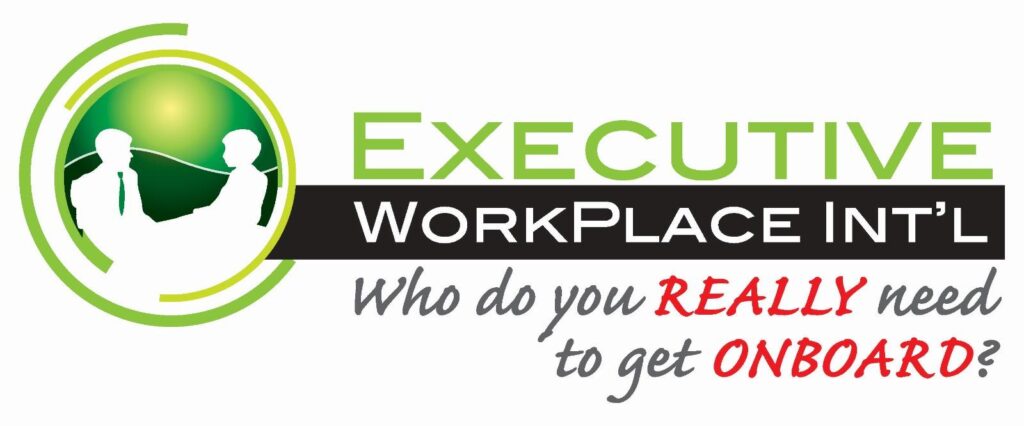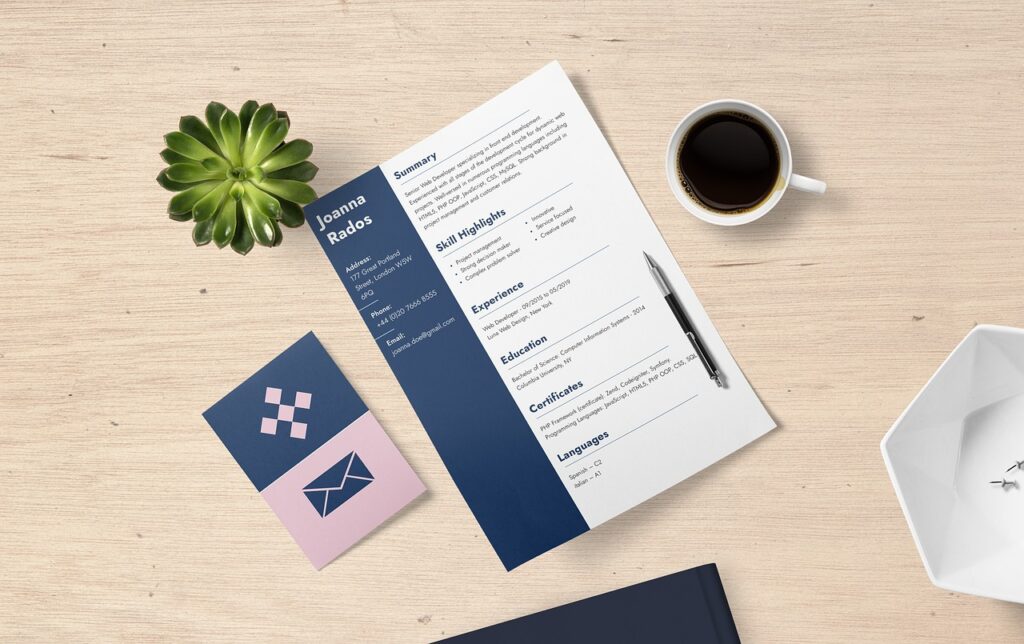How to Prepare a Resume: A Step-by-Step Guide for Candidates
A well-prepared resume is essential for making a strong first impression with potential employers. It serves as a snapshot of your skills, experience, and qualifications. This article provides a comprehensive guide to help you craft a resume that stands out and showcases your strengths effectively.
1. Choose the Right Resume Format
Selecting the appropriate resume format is important to highlight your skills and experiences in the best possible way:
- Chronological Resume: Lists your work experience in reverse chronological order, ideal for candidates with a steady work history.
- Functional Resume: Focuses on your skills rather than work experience, suitable for career changers or those with employment gaps.
- Combination Resume: Blends both work experience and skills, offering flexibility to candidates with a mix of skills and relevant experience.
Choose the format that best aligns with your background and the job you’re applying for.
2. Include a Professional Summary or Objective
At the top of your resume, include a brief professional summary or career objective:
- Professional Summary: A 2-3 sentence overview of your key skills, achievements, and the value you bring to the role.
- Career Objective: A short statement that highlights your career goals and why you’re applying for the position.
This section should immediately grab the employer’s attention and set the tone for the rest of your resume.
3. Highlight Your Key Skills
Create a dedicated “Skills” section where you list both hard and soft skills relevant to the job:
- Hard Skills: Specific, technical abilities such as software proficiency, certifications, or foreign languages.
- Soft Skills: Interpersonal skills like communication, teamwork, problem-solving, and adaptability.
Make sure the skills you list align with the requirements in the job description to show you’re a good fit.
4. Detail Your Work Experience
Your work experience is the core of your resume. For each job, include:
- Job Title, Company, and Dates of Employment: List your most recent position first.
- Key Responsibilities and Achievements: Use bullet points to describe your main responsibilities and significant accomplishments. Focus on measurable results, such as “increased sales by 15%” or “led a team of five to complete a project ahead of schedule.”
- Action-Oriented Language: Start each bullet point with action verbs like “led,” “created,” “designed,” or “improved” to emphasize your contributions.
Tailor this section to highlight the experience most relevant to the job you’re applying for.
5. Include Your Education
In the education section, list your degrees, certifications, and relevant coursework. Include the name of the institution, degree obtained, and graduation date. If you’re a recent graduate, consider adding academic achievements or coursework relevant to the job.
6. Add Certifications, Awards, or Additional Sections
If applicable, add sections for certifications, volunteer work, awards, or publications. These can help demonstrate your commitment to professional development and provide more context about your qualifications.
7. Keep the Design Simple and Professional
A clean, well-organized layout makes it easier for recruiters to read your resume:
- Use clear headings: Separate each section with bold, distinct headings (e.g., “Experience,” “Education,” “Skills”).
- Stick to one or two fonts: Use a professional font like Arial or Times New Roman, and avoid using too many font styles or colors.
- Limit to one page: Unless you have extensive experience, try to keep your resume to one page. Be concise and prioritize the most relevant information.
8. Tailor Your Resume for Each Job Application
While it’s tempting to send the same resume to multiple employers, tailoring your resume for each application can significantly increase your chances of getting noticed. Review the job description carefully and adjust your resume to emphasize the skills and experience most relevant to the role.
9. Proofread and Edit Carefully
A polished resume is essential. Typos, grammatical errors, or formatting issues can leave a negative impression:
- Proofread your resume: Carefully review your resume for errors, and consider asking a friend or mentor to give it a second look.
- Consistent formatting: Ensure that your bullet points, fonts, and margins are consistent throughout the document.
10. Include Keywords from the Job Description
Many companies use Applicant Tracking Systems (ATS) to filter resumes. To improve your chances of getting through this system, include relevant keywords from the job description in your resume. This can include job-specific skills, tools, or software mentioned in the listing.
Conclusion
Preparing a resume that stands out involves more than just listing your work history. By choosing the right format, tailoring your content, and showcasing your skills and achievements effectively, you can create a resume that grabs the attention of recruiters and positions you as a strong candidate for the role.





